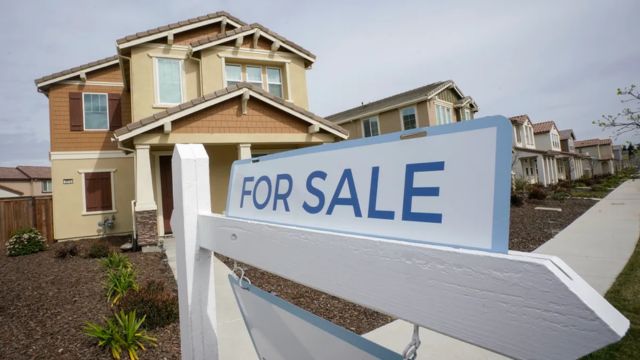The cost of living in California is high; according to Forbes, it is the third most expensive state in the US, only more than Massachusetts and Hawaii. The typical household in California spends approximately $53,171 a year on housing, healthcare, taxes, food, and transportation. But this glamorous state is not without its problems: after taking into account the cost of living, California has the highest poverty rate in the US due to its fourth-largest income inequality.
The Latest PPIC report Reveals The High Cost Of Living In California, Along With Budget Battles, Safety Nets, And Skyrocketing Debt
The California High Cost of Living, according to the Public Policy Institute of California (PPIC), has left about one-third of Californians either in or close to poverty. The Democratic Legislature and Governor Gavin Newsom’s safety net policies are presently keeping the state’s poverty rate from rising by more than eight percentage points. However, given California’s severe budget deficits, there is a conflict over whether to maintain these safety nets for the impoverished or to finance more politically significant industries like jails, higher education, and K–12 schooling.
Debates notwithstanding, one facet of California’s fiscal woes that frequently escapes attention is the state’s startling debt levels. With debts ranging from $2.5 trillion to $3 trillion, the state makes up a sizeable portion of the $17.3 trillion in personal debt accumulated by Americans. The main offender? High mortgage rates are required to cover the high cost of housing. California leads the US in personal debt, according to a recent CreditDonkey research. This is mostly because homeowner families there have an average mortgage of $422,909.
Californians Face the Greatest Test in the Event of the Next Recession as They Handle Financial Challenges in the Face of High Living Expenses
Californians manage their heavy debts surprisingly effectively; the state has a personal bankruptcy rate that is lower than the national average. One million of the nine million renters in the state are overdue on their rent, which is a cause for concern, according to the PPIC. The next recession will be the ultimate test for the state’s unique combination of high living costs, poverty, and debt, which presents a financial experiment.
The state of California had one of the highest rates of mortgage defaults and repossessions in the country during the Great Recession, and it took years for the housing sector to rebound. These memories are still fresh. The current concern is how well-equipped Californians will be to withstand the effects of the state’s high cost of living during the next economic downturn.



